Renault Rafale vs Toyota Prius – Differences & prices compared
Compare performance, boot space, consumption and price in one view.
Find out now: which car is the better choice for you – Renault Rafale or Toyota Prius?
The Renault Rafale (SUV) comes with a Plugin Hybrid or Full Hybrid engine and Automatic transmission. In comparison, the Toyota Prius (Hatchback) features a Plugin Hybrid engine with Automatic transmission.
When it comes to boot capacity, the Renault Rafale offers 627 L, while the Toyota Prius provides 284 L – depending on how much space you need. If you’re looking for more power, decide whether the 300 HP of the Renault Rafale or the 223 HP of the Toyota Prius suits your needs better.
In terms of consumption, the values are 0.60 L per 100 km for the Renault Rafale, and 0.50 L for the Toyota Prius.
Price-wise, the Renault Rafale starts at 37500 £, while the Toyota Prius is available from 39400 £. Compare all the details and find out which model fits your lifestyle best!
Renault Rafale
The Renault Rafale captivates with its sleek design and dynamic presence on the road, embodying the perfect blend of elegance and performance. Inside, the car offers a spacious and well-appointed cabin, featuring premium materials and cutting-edge technology to enhance the driving experience. Its agile handling and responsive capabilities make it a compelling choice for those seeking a refined yet thrilling ride.
details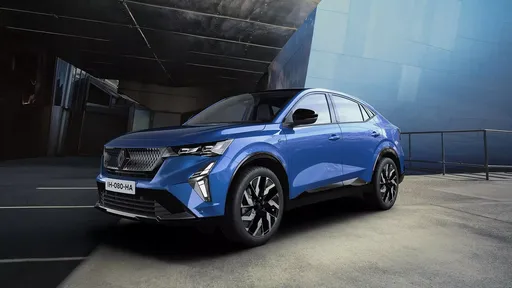 @ presse.renault.de
@ presse.renault.de
 @ presse.renault.de
@ presse.renault.de
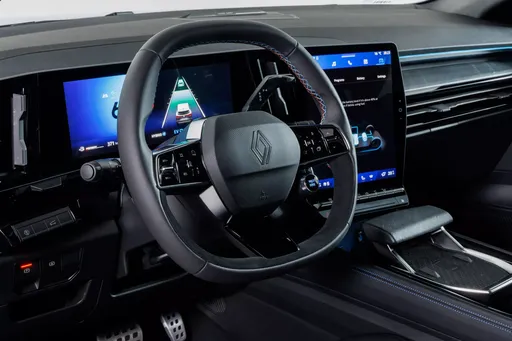 @ presse.renault.de
@ presse.renault.de
Toyota Prius
The Toyota Prius stands as a pioneer in the realm of hybrid vehicles, offering an eco-friendly driving alternative with its innovative technology. Its aerodynamic design and comfortable interior make it a practical choice for those looking to reduce their carbon footprint without sacrificing style. Additionally, the Prius boasts a reputation for reliability and efficiency, contributing to its lasting popularity among environmentally conscious drivers.
details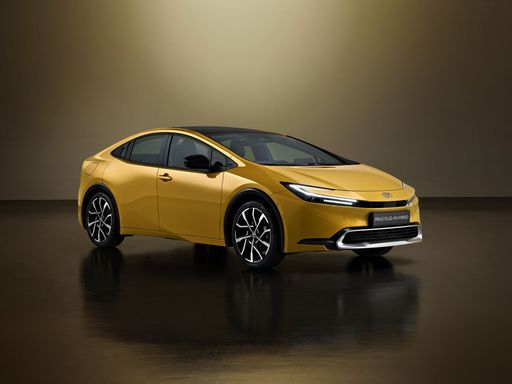 @ Toyota
@ Toyota
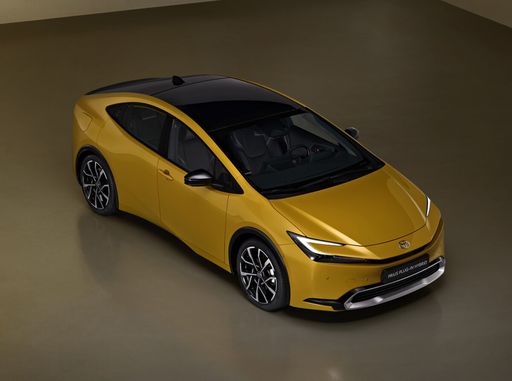 @ Toyota
@ Toyota
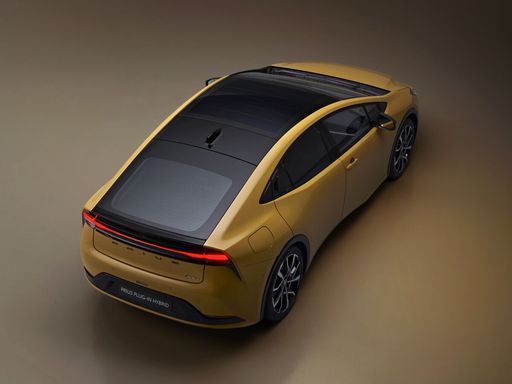 @ Toyota
@ Toyota
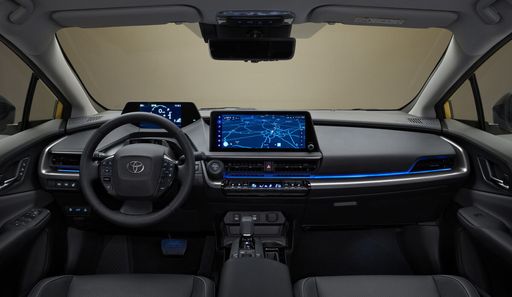 @ Toyota
@ Toyota

|

|
|
|
|
Costs and Consumption |
|
|---|---|
|
Price
37500 - 49500 £
|
Price
39400 - 45800 £
|
|
Consumption L/100km
0.6 - 5 L
|
Consumption L/100km
0.5 - 0.7 L
|
|
Consumption kWh/100km
-
|
Consumption kWh/100km
-
|
|
Electric Range
97 km
|
Electric Range
72 - 86 km
|
|
Battery Capacity
-
|
Battery Capacity
-
|
|
co2
14 - 109 g/km
|
co2
12 - 17 g/km
|
|
Fuel tank capacity
55 L
|
Fuel tank capacity
40 L
|
Dimensions and Body |
|
|---|---|
|
Body Type
SUV
|
Body Type
Hatchback
|
|
Seats
5
|
Seats
5
|
|
Doors
5
|
Doors
5
|
|
Curb weight
1734 - 2025 kg
|
Curb weight
1620 - 1630 kg
|
|
Trunk capacity
539 - 627 L
|
Trunk capacity
284 L
|
|
Length
4710 mm
|
Length
4599 mm
|
|
Width
1886 mm
|
Width
1782 mm
|
|
Height
1613 mm
|
Height
1470 mm
|
|
Payload
415 - 444 kg
|
Payload
365 - 375 kg
|
Engine and Performance |
|
|---|---|
|
Engine Type
Plugin Hybrid, Full Hybrid
|
Engine Type
Plugin Hybrid
|
|
Transmission
Automatic
|
Transmission
Automatic
|
|
Transmission Detail
Automatic Gearbox
|
Transmission Detail
-
|
|
Drive Type
All-Wheel Drive, Front-Wheel Drive
|
Drive Type
Front-Wheel Drive
|
|
Power HP
200 - 300 HP
|
Power HP
223 HP
|
|
Acceleration 0-100km/h
6.4 - 8.9 s
|
Acceleration 0-100km/h
6.80 s
|
|
Max Speed
180 km/h
|
Max Speed
177 km/h
|
|
Torque
-
|
Torque
-
|
|
Number of Cylinders
3
|
Number of Cylinders
4
|
|
Power kW
147 - 221 kW
|
Power kW
164 kW
|
|
Engine capacity
1199 cm3
|
Engine capacity
1998 cm3
|
General |
|
|---|---|
|
Model Year
2024 - 2025
|
Model Year
2023
|
|
CO2 Efficiency Class
B, C
|
CO2 Efficiency Class
B
|
|
Brand
Renault
|
Brand
Toyota
|
Renault Rafale
Introducing the Renault Rafale: A Technological Marvel
Renault's 2024 Rafale is a showpiece of modern automotive engineering, residing elegantly within the SUV category. Boasting sleek designs alongside groundbreaking hybrid technology, the Renault Rafale promises not only to meet the demands of contemporary drivers but to exceed them.
Powertrain and Performance
Under the bonnet of the Renault Rafale, you’ll find a range of hybrid powertrain options, both full hybrid and plug-in hybrid configurations. These systems combine efficient combustion engines with electric motors, outputting between 200 and 300 PS (147 to 221 kW) to deliver dynamic performance with eco-friendly emissions, achieving fuel efficacies as low as 0.6 L/100 km.
The vehicle's top speed is 180 km/h, and drivers can expect rapid acceleration from 0 to 100 km/h in just 6.4 to 8.9 seconds, owing to the automatic transmission and refined front-wheel-drive mechanism.
Technical Specifications
Measuring an extensive 4710 mm in length, 1886 mm in width, and with a height of 1613 mm, the Rafale’s dimensions underscore its commanding road presence. Occupants benefit from a spacious interior, seating five comfortably, with an ample boot space ranging from 539 to 627 litres.
The vehicle's build focuses on a blend of lightweight materials and robust structural engineering, contributing to a kerb weight between 1728 and 2025 kg, and regulated CO2 outputs of 14 to 106 g/km. With its efficient hybrid motors, the car delivers on torque, although it is officially rated at 0 Nm due to the nature of electric drivetrain torque measurement.
Innovative Features and Design
The Renault Rafale’s innovation extends beyond its engine bay. It features a multi-mode automatic gearbox, enabling seamless transitions between various driving modes for optimal performance under different conditions. Available in Esprit Alpine, Techno, and Atelier Alpine trims, buyers are offered choices that refine the driving experience on every level.
The sophisticated exterior is matched by an equally advanced cockpit, integrating cutting-edge digital interfaces to enhance driver engagement and passenger comfort. From its infotainment system to advanced driver assistance features, the Rafale represents a marriage of futuristic functionality and luxury.
Environmental Efficiency and Pricing
The Rafale's eco-credentials are further evidenced by its competitive CO2 efficiency classes ranging from C to B, demonstrating Renault’s commitment to reducing environmental impact. The plug-in hybrid variant also offers an impressive electric range of up to 97 km, perfect for urban commuters looking to minimise fuel consumption.
Priced between €43,800 and €57,800, the Renault Rafale positions itself attractively within the premium hybrid SUV segment, offering both value and advanced technology for the discerning eco-conscious driver.
Conclusion
The Renault Rafale SUV embodies a leap forward in automotive design and engineering. It’s not just a vehicle; it’s a statement on efficiency, performance, and innovation, poised to capture the attention of drivers ready to embrace the future of motoring.
Toyota Prius
The All-New Toyota Prius: Revolutionising Efficiency and Performance
The Toyota Prius, a name synonymous with hybrid innovation, has once again shown why it remains at the forefront of eco-friendly automotive technology. The latest models have enhanced technical features and innovations, setting new standards for efficiency and driving experience.
Hybrid Performance: A Leap Forward
The latest Prius models employ a sophisticated 2.0 litre Plug-in Hybrid system that flawlessly melds petrol and electric power. With a power output of 223 PS, it propels the Prius with impressive dynamism, reaching 0-100 km/h in just 6.8 seconds. This performance-oriented aspect of the Prius does not compromise on efficiency, with an astonishing fuel consumption ranging from 0.5 to 0.7 L/100km.
Electric Range and Efficiency
One of the key highlights of the new Prius is its substantial electric-only range. Depending on the variant, it can travel between 72 to 86 km on electric power alone, making it an ideal choice for urban commutes where zero emissions are preferred. The hybrid system's CO2 emissions are remarkably low, between 12 and 17 g/km, contributing to its CO2 Efficiency Class B rating.
Engineering Excellence with CVT
The Prius is equipped with a state-of-the-art Continuously Variable Transmission (CVT), ensuring a smooth and efficient drive. This advanced transmission supports the front-wheel-drive layout, delivering power seamlessly and enhancing driving pleasure without sacrificing fuel economy.
Stylish Design and Comfort
Designed as a sleek five-door hatchback, the Prius offers a comfortable and spacious interior with seating for five passengers. It measures 4599 mm in length, 1782 mm in width, and 1470 mm in height, offering a practical balance of size and comfort. The boot space, while tailored for the hybrid battery, still provides a decent 284 litres of storage.
Cost Efficiency
The running costs of the Prius are competitive, with monthly expenses estimated between €1064 and €1188, and cost per kilometre ranging from 42.6 to 47.5 cents. Its efficient design results in a maximum speed of 177 km/h and a practical fuel tank size of 40 litres, ensuring less frequent stops on longer journeys.
Conclusion: The Prius Legacy Continues
The Toyota Prius continues to lead by example in the realm of hybrid technology. Combining impressive power with unmatched efficiency and a sophisticated driving experience, it is clear that the Prius remains a compelling choice for the environmentally conscious driver. Its innovative features and favourable cost metrics only bolster its appeal in the modern automotive landscape.
What drive types are available for the Renault Rafale?
The Renault Rafale is offered with All-Wheel Drive or Front-Wheel Drive.
The prices and data displayed are estimates based on German list prices and may vary by country. This information is not legally binding.
